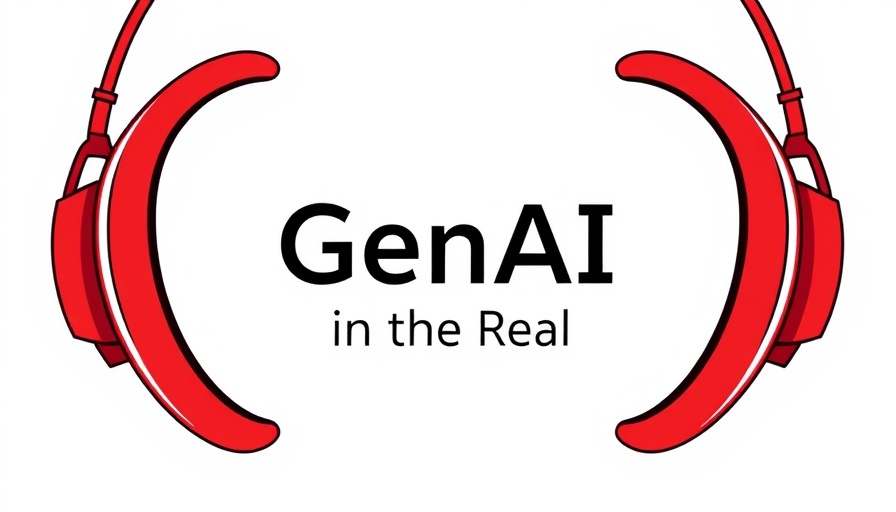
Understanding the Future of AI for Kids
Stefania Druga, an independent researcher and former research scientist at DeepMind, is at the forefront of designing AI tools specifically for children. Her perspective offers valuable insights into the often-overlooked creativity and enthusiasm of young users. In a recent podcast, Druga highlights how involving kids in the design process isn’t just beneficial for them; it has crucial implications for AI development aimed at adults, too.
The Creative Potential of Young Minds
Druga’s journey began in 2015 when she joined the Scratch team at the MIT Media Lab. She developed educational tools that allowed children to train AI models using images and texts. Remarkably, the tasks children chose often defied traditional expectations—creating models to recognize bizarre hairlines or even give sarcastic compliments.
This creative freedom fosters a unique perspective that can inform adult-centric AI tools. Children challenge norms and push boundaries, which could inspire more engaging and effective adult products.
Bridging the Gen Z Gap
Despite their adeptness with technology, many tools available today do not cater specifically to Gen Z users. A significant disconnect exists, as current AI products presuppose that young users must complete all the work instead of facilitating an interactive dialogue. Druga asserts that there is a missing element of control—an agency knob, if you will—that enables users to calibrate how much they allow AI to take over their processes.
A Call for Effective AI Design
As we advance in integrating AI into everyday activities, it’s vital to adapt these technologies to meet the needs of younger generations. Understanding how kids interact with and utilize AI can lead to more innovative and adaptable designs. Looking ahead, the drive to make AI not only more powerful but also more relatable and engaging should inform the expansion of AI tools across all age groups.
In this rapidly evolving landscape, we must ensure that AI development emphasizes creativity and fun while retaining educational elements. It’s this delicate balance that will inspire the next generation of AI enthusiasts, encouraging responsible use and fostering innovation.
 Add Row
Add Row  Add Element
Add Element 



Write A Comment